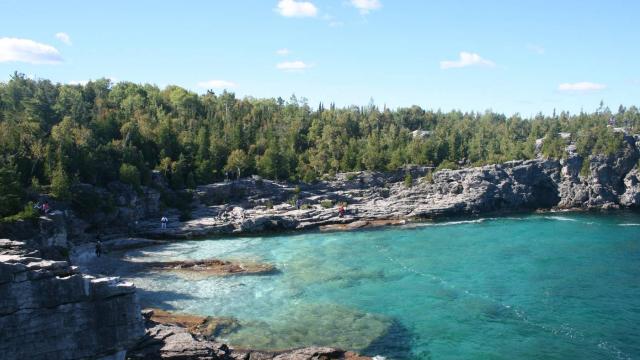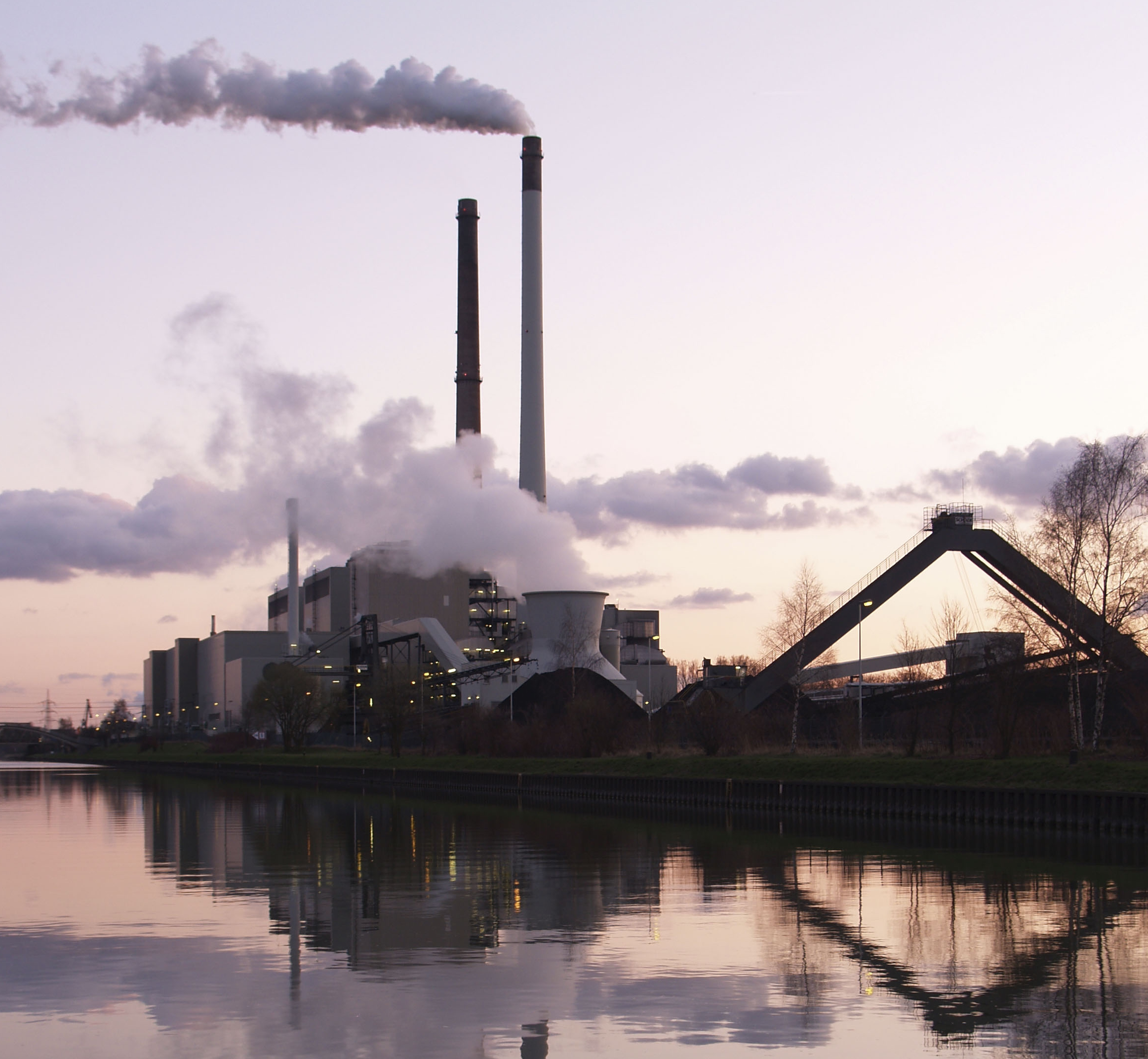
In December 2017, concerned residents living in communities around the Santa Fe River, about 20 miles north of Gainesville, Fla., organized a 501(c)(3) non-profit – called Our Santa Fe River – to protect the river’s ecology, maintain its public use for recreational activities, and preserve the springs and aquifers connected to it. One of the Santa Fe's springs is especially popular for its clear water, limestone bottom and underwater cave complex.
But multinational food and beverage company Nestle had sought approval from a local water management authority to use the nearby Ginnie Springs to fill its bottles for sale. Today, Our Santa Fe River is rallying residents to prevent Nestle from getting government approval to use the springs, arguing that the spring is too ecologically fragile to handle the amount of water Nestle plans to draw from it.
About 1,000 miles to the north, a similar group of concerned residents in Toledo, Ohio, have organized to protect Lake Erie from environmental destruction and industrial exploitation. The group Advocates for Lake Erie formed after a 2014 crisis when Lake Erie, the primary water source in Toledo, got contaminated with a toxic algal bloom from agricultural runoff, fueled by rain and high summer temperatures. The threat was so severe that residents were told not only to refrain from drinking any tap water – but to avoid using it for bathing and laundry.
Despite environmental laws and the federal and state regulatory agencies tasked with enforcing them, residents in both communities lost faith that their elected officials would protect the local waterways that they depended on.
“Where has that gotten us,” Mike Roth, president of Our Santa Fe River, told Occupy.com. “Basically, we’re a corporatocracy,” he said.
Advocates for Lake Erie echoed similar frustrations about government agencies failing to protect local waterways. “We’ve been under this impression that their job is to protect the communities, and I haven’t seen that to be the case,” said Markie Miller, a member of Advocates for Lake Erie.
Frustrated and fed up, these communities, and many more like them, have directed their anger into grassroots organizing. They're now using tools of direct democracy to circumvent elected officials and place initiatives on the local ballot that would provide legal rights for rivers and other bodies of water – just as individuals and corporations enjoy. In theory these measures, if passed, will provide legal recourse for communities seeking remediation after a local water source is damaged.
Our Santa Fe River is currently working to get enough signatures that it can put an initiative on the November 2020 ballot, giving voters the option to provide legal protections for the Santa Fe River. The initiative is known as the Santa Fe River Bill of Rights, or SAFEBOR, and the group has until February to get the required 18,000 signatures to place it before Alachua County, Fla., voters for approval.
Advocates for Lake Erie already managed to put an initiative before Toledo voters in February, known as the Lake Erie Bill of Rights, or LEBOR, which passed with 60 percent approval. But supporters didn’t get much time to celebrate. In May, during Ohio’s legislative session, Republican State Rep. James M. Hoops, chairman of the Finance Subcommittee on Agriculture, Development, and Natural Resources, introduced an amendment to the state budget bill that prohibited suits on behalf of “nature or any ecosystem.”
Despite protests from advocates, the final version of the budget bill included the amendment. LEBOR was already facing a federal lawsuit filed by the agriculture industry. That suit is ongoing, and despite the long odds, organizers have vowed to keep their cause alive. “I don’t think of [the amendment] as killing the initiative,” Miller said. “It’s not a government that represents me and what my community has voiced. We’ll keep pushing it.”
Local grassroots organizations, which are typically run by volunteers and not sponsored by well-endowed foundations, face a steep uphill battle against corporate interests with deep pockets. Nonetheless, experts believe it is possible for LEBOR to withstand the legal challenges.
“Under the public trust doctrine, U.S. law says the government has a duty to protect that body,” Chris Dalbom of Tulane University’s Institute on Water Resources Law and Policy, told Occupy.com. But, he added that plaintiffs could contend only the federal government, not municipalities, can create legal entities.
In Florida, if SAFEBOR succeeds in getting on the ballot and approved by voters, it too will likely face roadblocks to implementation in the Republican-dominated Florida legislature and governor’s office. Last November, Florida voters approved an initiative to grant 1.4 million former felons the right to vote. In May, the Florida legislature added a major caveat to that legislation, requiring ex-felons to make all restitution payments on prior debts before being allowed to vote. The seemingly anti-Constitutional measure became law upon Governor Ron Santos’s signature, and is currently being challenged in court by the ACLU.
Roth and other supporters of SAFEBOR expect it will be difficult to get the measure passed, but believe that with enough effort, momentum may swing their way. “It’s not going to be an easy path,” he said. “We’re about as prepared as David was going into battle [with Goliath], but we hope to get the public on our side and this will lead to more action."
In Florida, other grassroots groups dedicated to protecting waterways are organizing as well, including Wekiva Econolohatchee Bill of Rights (WEBOR) and the Caloosahatchee Bill of Rights (CALBOR). In other parts of the nation, advocates have taken steps to implement a “bill of rights” for the Colorado River, and communities in New Hampshire have recognized the rights of nature.
The U.S. is not the first country to consider granting bodies of water legal protections, similar to the kinds enjoyed by individuals. Communities in other countries are not only advocating for it, but legal protections have already been implemented. India granted the Ganges River legal rights in 2017. This followed a New Zealand decision to approve the request by the indigenous Maori people that the Whanganui River receive legal rights. The Maori view the river as an ancestor.
Granting legal rights to a body of water may have been unthinkable a decade ago, but with environmental activists energized worldwide and with the 2020 election expected to draw high turnout, the political currents may be flowing in the direction of water rights proponents.












